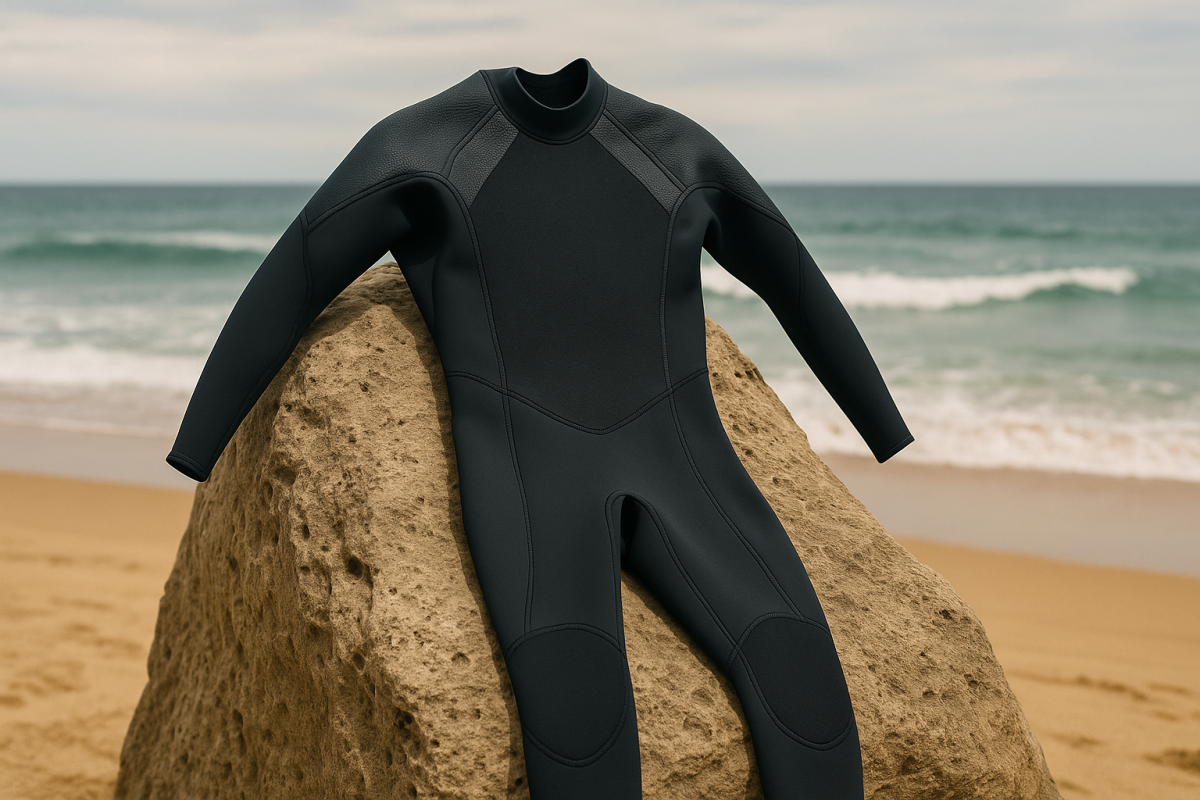A new generation of wetsuits has been developed to better protect divers and surfers from shark bites. The suits are made with advanced materials such as nanofibers and Kevlar, designed to reduce injuries without sacrificing flexibility or comfort.
Although shark attacks are rare, they have slowly increased over the past four decades. In 2024, there were 71 recorded shark bites worldwide, with only seven fatalities. Despite those low numbers, researchers continue to explore better safety technology for ocean-goers.
Traditional shark-resistant wetsuits have relied on chainmail-like material, which is heavy and restricts movement underwater. The newly developed design aims to improve protection while remaining lightweight. The suit’s reinforced layers focus on covering areas where major arteries are located, helping prevent blood loss in case of a bite.
Kevlar, the same material used in police bulletproof vests, is incorporated into the wetsuit’s structure. Nanofibers, commonly used in high-strength ropes on sailboats, add additional durability without increasing weight.
Researchers tested the suits in Australia, where great white and tiger sharks are known to be most active. The tests involved luring sharks toward bait and then substituting the bait with both standard and bite-resistant wetsuits. The results showed that traditional wetsuits suffered deep, tearing bite marks, while the new designs remained mostly intact, with only shallow indentations similar to a small animal bite.
While the new wetsuits cannot completely prevent shark attacks, they significantly reduce the risk of fatal injuries. Bleeding out is the leading cause of death in shark bite incidents, and these innovative suits aim to minimize that risk.
With continued development, these advanced wetsuits could become an essential piece of safety gear for divers and surfers around the world.



































